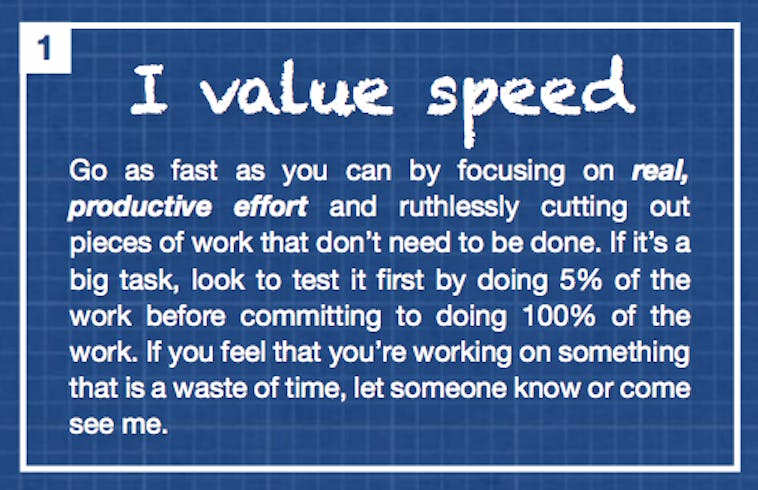Skip to content
Share
Explore

 Luc Levesque, Shopify's Chief Growth Officer: Leadership Blueprints Strategy - Updated 2020
Luc Levesque, Shopify's Chief Growth Officer: Leadership Blueprints Strategy - Updated 2020
Luc Levesque, Shopify's Chief Growth Officer: Leadership Blueprints Strategy - Updated 2020
Work more effectively and transparently with this guide to communicating quirks and values to colleagues.
The blueprint to Luc and his quirks

So, what is a blueprint?

Communicating your blueprint with your team
An updated blueprint for 2020
copy this doc
A few things to remember
👉 See:
Want to print your doc?
This is not the way.
This is not the way.

Try clicking the ⋯ next to your doc name or using a keyboard shortcut (
CtrlP
) instead.